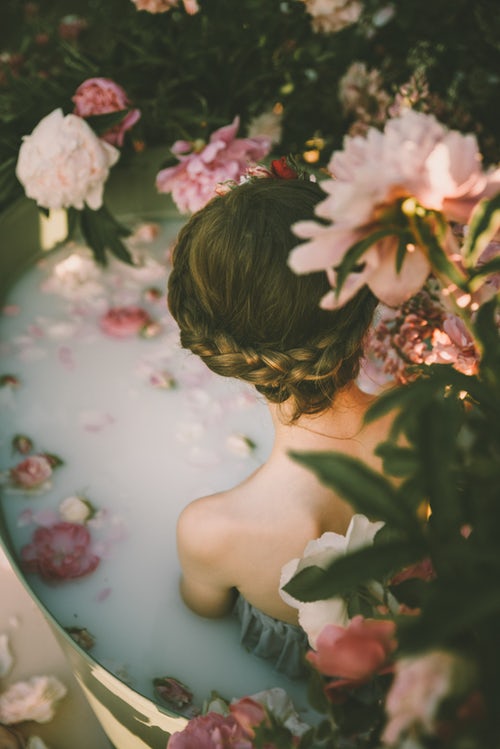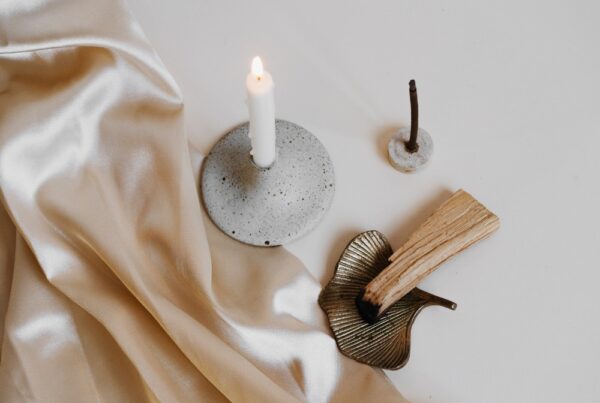
One of the most revitalizing forms of self-care is the ritual bath. The concept was popularized by Deborah Hanekamp a.k.a Mama Medicine, seeress and queen of bathing. What distinguishes a mundane Monday morning bath from a ritual bath you might ask?
The key to making something sacred is in the intention. Your intention could be anything from soothing aches and pains to cleansing yourself of negative energy. Hold the intention firmly in your heart and then use your intuition to guide you .
I like to start by choosing a salt. There are many varieties including epsom, pink Himalayan, grey salt, etc. Salt is synonymous with cleansing. It helps rid our bodies of impurities. This is characterized by toxins on the physical level and entities/ negative energy on the auric level. Epsom salts also provide magnesium, a necessary mineral that many people are deficient of. Magnesium alleviates anxiety, reduces muscle cramps and improves sleep.
Next, select any plant materials that you believe would aid your healing. If your intention was a bath to induce deep sleep for example, you might include chamomile flowers. If you wish to stave off illness, you could use ginger root. If you are looking to soothe grief, rose is a lovely choice. There is no right or wrong answer; follow the voice inside. You can sprinkle the plant medicine directly into the bath or place it in a disposable tea bag.
Now you can choose oils that complement your bath. If we proceed with the idea of a ritual bath to promote sleep, three drops of lavender and three drops of chamomile is a comforting combination. If you are new to using essential oils in the bath you may want to limit yourself to 4-6 drops total until you build a tolerance. In a previous post I outline which oils are advantageous for evoking certain moods.
In addition to essential oils, consider adding a dash of sweet almond or jojoba oil for silky smooth skin. Or take a cue from Cleopatra, who purportedly used donkey milk as part of her luxurious bathing regimen.
After you have chosen your oils, you can select a few crystals that match the purpose of your bath. Set them on the side of the tub for energetic support in the form of positive, intentional vibes. Some of my favorite crystal allies include: rose quartz, labradorite, clear quartz and amethyst. While some crystals play nice in water, others do not. If you feel called to submerge your crystals, make sure you look into whether it is safe to do so first.
Finally, include ambient elements to make your self-care ritual even more magical. Play relaxing music such as the Zen Garden Pandora station or any CD by Deuter. Light some sage or palo santo and cleanse yourself and your space. Place candles around the room and dim the lights. Be present in the moment and allow this to be a sacred healing experience.
Ritual Bath Elements
1. Set an intention
2. Select a salt
3. Sprinkle in some plant medicine
4. Include a few drops of oil
5. Surround yourself with crystals
6. Incorporate ambient elements such as: music, smudge, and lighting
7. Soak up the healing





